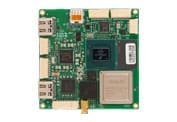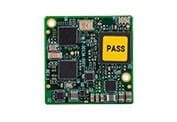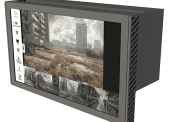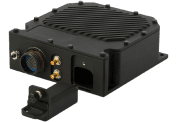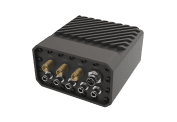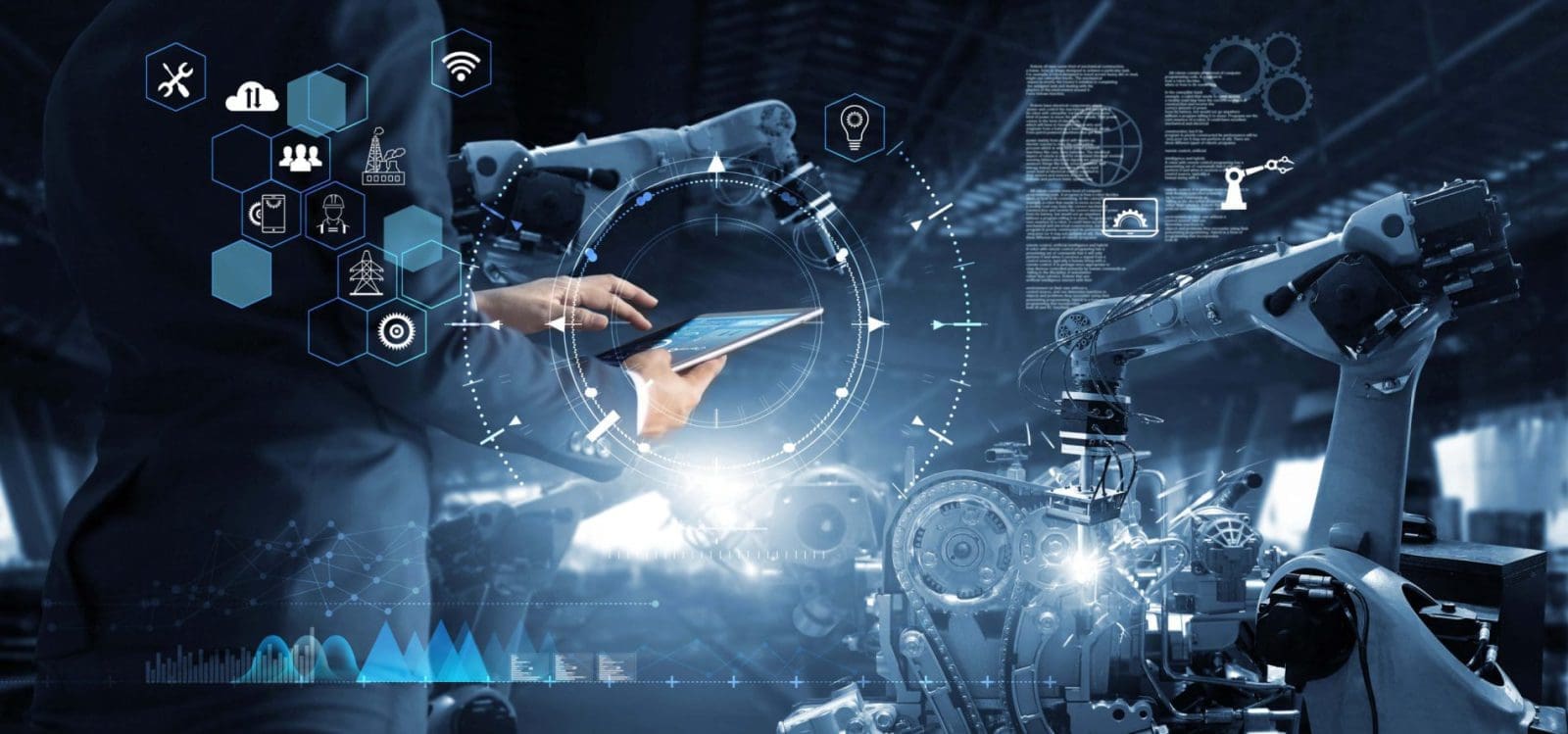Whether the word robot brings to mind the courageous R2-D2, The Jetsons hardworking Rosie, or Interstellar’s TARS, visualizing an automaton is primarily shaped by our associations. But today’s robots have moved far beyond the droids of our childhoods, with robots found across many industries and applications performing tasks that have traditionally been done by humans, only more efficiently and safely. The most advanced robots are powered by smart cameras and AI, enabling these machines to add value in a wide range of areas such as manufacturing, earth and space exploration, healthcare, laboratory research, and transportation, to name just a few. As the digital transformation continues to accelerate, companies are increasingly relying on AI and video
analytics to improve processes and innovate solutions. Here are a few examples of how industries are benefiting from today’s AI-powered robots:
Robots in Manufacturing
According to the International Federation of Robots, there are 3.5 million operational robots around the globe, with an all-time high of 517,385 new industrial robots in 2021 alone, more than double the number in 2015.
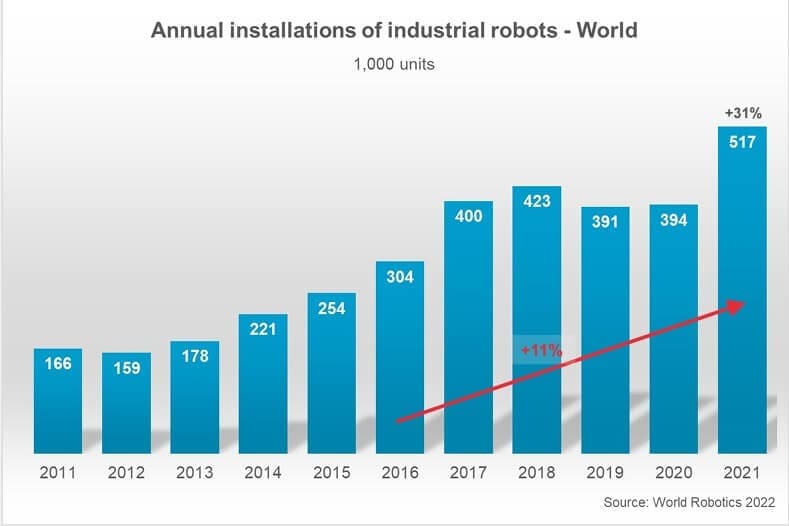
Manufacturers are investing in AI technologies to automate tasks, enhance safety, and improve time-to-market. Robots can do the heavy lifting, are not susceptible to errors, and don’t need bathroom breaks. This allows manufacturers to scale their production capacity using resources that are a low-cost, faster, and less error-prone alternative to humans.
For example, AI-enabled robots are already successfully performing visual inspections and quality control. These machines can spot defects the human eye may miss and automatically trigger a
correction measure. This reduces wastage and cuts down on product recalls. Some manufacturers, such as Japanese Fanuc, use robots to run a “lights out” factory – a facility that operates around the clock without human intervention (no need for lights). These robots operate all machinery and continuously monitor manufacturing operations.
Robots in Healthcare
The global medical robots market is expected to reach $12.7 billion in 2025, up from an estimated 5.9 billion in 2020 at a CAGR of 16.5%. The robots assist with surgeries, streamline hospital logistics, and deliver the real-time data analytics necessary to improve healthcare efficiencies. Medical robots have also played a vital role during the COVID-19 era by reducing the exposure of healthcare staff to pathogens and curbing the spread of infection.
Advances in AI and visual analytics allow surgical robotics to evolve further. Robots can provide surgeons with the detailed imaging they need to enhance their performance. For example, robots can differentiate between human tissue types, which can help surgeons avoid touching nerves during procedures.
Visual analytics also plays a role in enabling robots to carry out sanitation and disinfection tasks. These robots can independently move through rooms and corridors, identifying areas that need to be cleaned or disinfected, and can even replace traditional sanitizing methods in healthcare facilities.
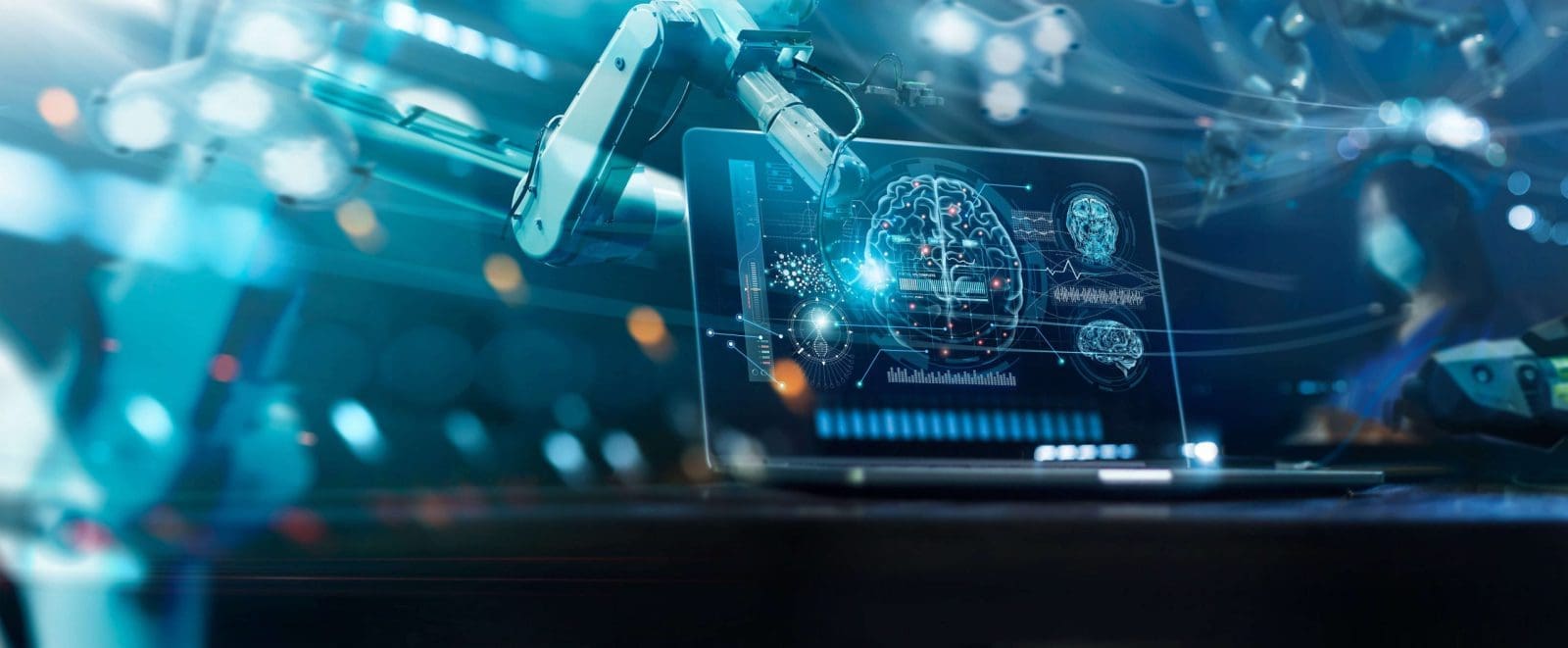
Robots in Agriculture
Thanks to AI and visual analytics, the agriculture industry is entering a new phase of evolution. Forbes estimates that global spending on “smart” agriculture, including AI and machine learning, will triple to $15.3 billion by 2025. This explosion makes sense when you consider how these robots can help farmers increase productivity while lowering overall costs.
For example, tractors and harvesters that are self-guided by GPS are already in use. With advances in AI technology, these machines can be transformed into autonomous systems that can intelligently monitor crop and soil conditions. They can then trigger operations like pest control, spraying, pruning, and other previously manual agricultural tasks.
Here is an example of how visual analytics can help determine crop maturity:
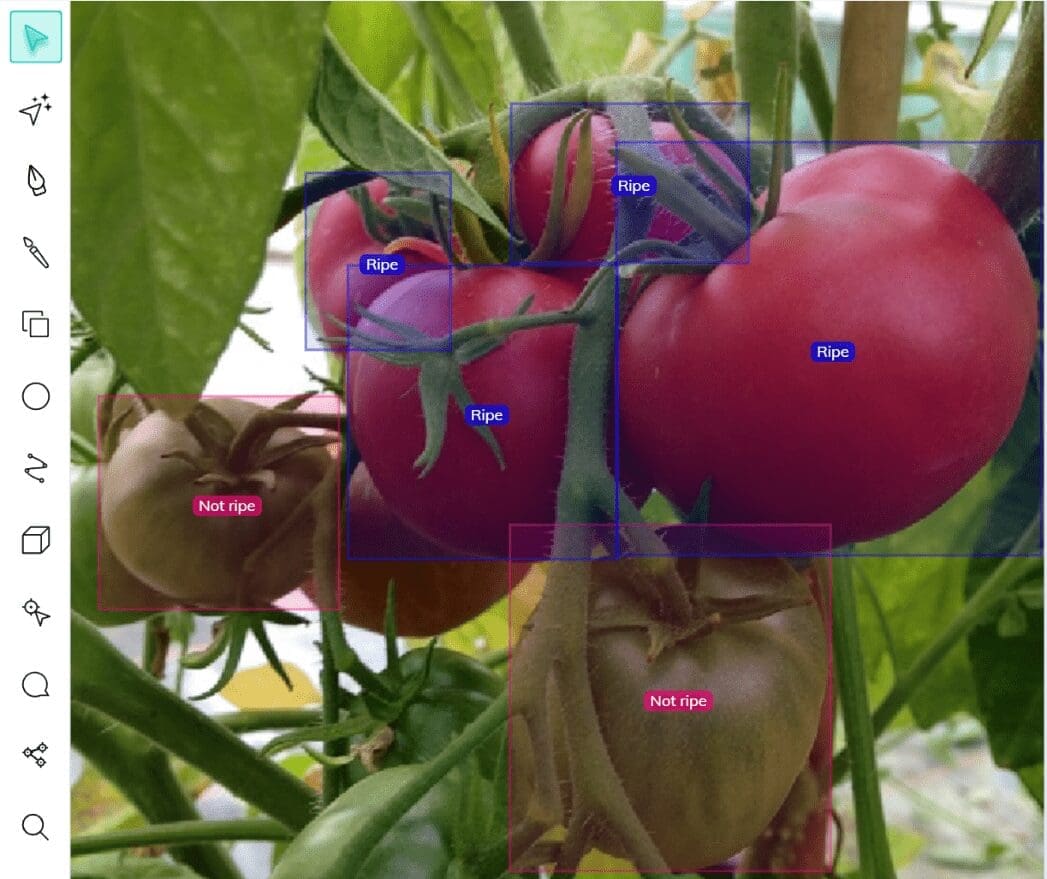
Ripe vs. not ripe tomatoes
Robots, Robots, Everywhere
Throughout history, technology has been used to improve efficiency and reduce the need for human labor. From manufacturing to healthcare to agriculture, industries benefit from the increasingly affordable availability of AI and visual analytics and the technology’s ability to improve the efficiency of time, labor, and resources. To learn more about how AI video analytics is being applied to robotics in commercial industries, click here.

